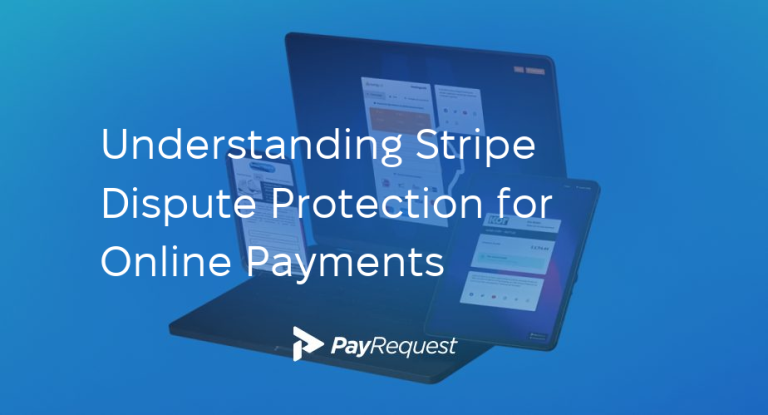Stripe, a prominent online payment processing platform, provides businesses with a range of tools to manage transactions efficiently. One significant feature is Stripe’s dispute protection. Disputes, often known as chargebacks, occur when customers question a charge from a business on their credit or debit card statement. This can be due to unauthorized transactions, dissatisfaction with a product or service, or other reasons. In the digital age, where transactions are increasingly online, dispute protection is crucial for maintaining a business’s financial health and reputation.
How Stripe Dispute Protection Works
Stripe’s dispute protection works by providing a layer of security for both businesses and customers. When a customer disputes a charge, Stripe notifies the business and offers an opportunity to respond to the dispute. The response can include evidence, such as proof of delivery or service rendered, to justify the charge. Stripe then forwards this information to the customer’s card network (like Visa or MasterCard) for review. If the dispute is resolved in favor of the business, the funds are returned. Otherwise, the charge is refunded to the customer, and the business may incur a dispute fee.
The Role of PayRequest in Managing Disputes
For users of PayRequest, a platform that simplifies the process of requesting payments and selling products online, understanding Stripe’s dispute protection is vital. PayRequest integrates with Stripe, thereby inheriting its dispute management capabilities. PayRequest users can monitor and respond to disputes directly through their dashboard. This integration streamlines dispute management, making it less time-consuming and more efficient for businesses. Additionally, PayRequest offers tools for creating clear and detailed invoices, which can reduce the likelihood of disputes arising from misunderstandings or unclear charges.
Best Practices for Minimizing Disputes
To minimize disputes, businesses using PayRequest and Stripe should focus on clear communication with customers. This includes providing detailed descriptions of products or services, setting realistic expectations, and offering excellent customer service. Keeping detailed records of transactions and interactions with customers is also crucial. These records can be invaluable in dispute resolution. Additionally, using PayRequest’s features to send professional, itemized invoices and payment requests can further clarify transaction details for customers, reducing the chances of disputes.
In conclusion, Stripe’s dispute protection is an essential feature for businesses conducting transactions online. By understanding how it works and integrating it with PayRequest’s capabilities, businesses can better manage and minimize disputes, ultimately leading to smoother transactions and improved customer satisfaction. Regularly reviewing and implementing best practices for dispute prevention is a proactive approach that benefits both businesses and their customers.

